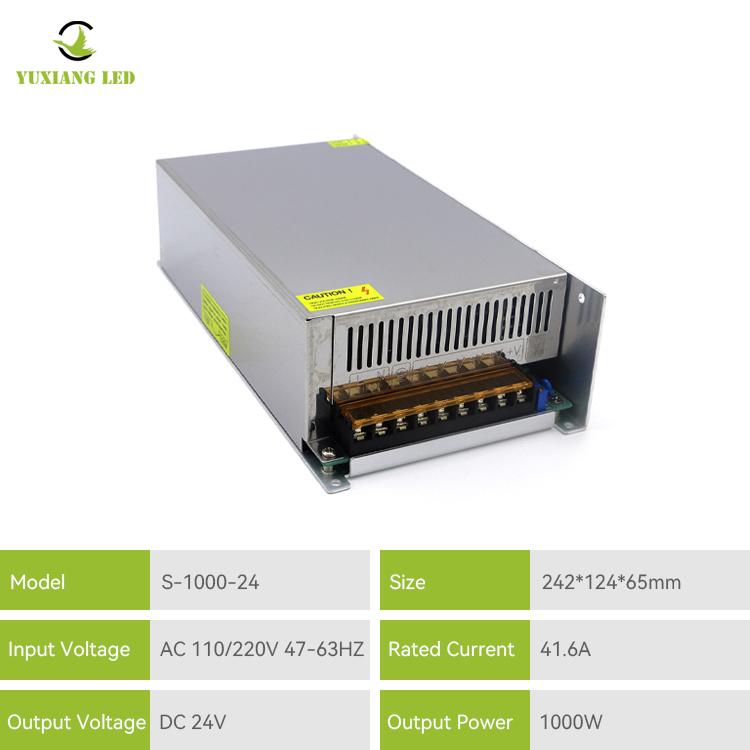Application of Switching Power Supply in Communication Equipment
2025-07-08
Switching power supplies play a critical role in the operation and reliability of modern communication equipment. As the communication industry demands increasingly efficient, compact, and reliable power solutions, switching power supplies have become the standard over traditional linear power supplies due to their superior performance and adaptability.
1. Power Efficiency
Switching power supplies (SMPS) are highly efficient, often reaching efficiency levels above 85%, which is essential in communication systems where multiple components require continuous power. High efficiency reduces energy consumption, heat generation, and the need for bulky heat sinks, making the equipment more compact and cost-effective.
2. Compact Design
Space is a premium in communication equipment such as base stations, routers, modems, and satellite systems. Switching power supplies are much smaller and lighter than their linear counterparts, allowing more compact product designs and easier integration into space-constrained systems.
3. Wide Input Voltage Range
SMPS can accept a broad input voltage range and still deliver stable output, making them ideal for communication systems that may be subject to voltage fluctuations or need to operate in regions with unstable power grids. This flexibility is especially beneficial for outdoor or remote telecom installations.
4. Multiple Output Voltages
Communication equipment often requires various voltage levels for different internal components such as CPUs, transceivers, and signal processors. Switching power supplies can be designed to provide multiple regulated outputs from a single unit, simplifying the power architecture and improving system reliability.

5. Protection Features
Switching power supplies commonly incorporate features like over-voltage protection (OVP), over-current protection (OCP), short-circuit protection, and thermal shutdown. These features help protect sensitive communication electronics from damage, ensuring long-term operation and system stability.
6. Noise Considerations
While switching power supplies can generate electrical noise, modern designs include advanced filtering and shielding techniques to minimize electromagnetic interference (EMI). This is crucial in communication equipment to avoid disruptions in signal quality or data transmission.
7. Applications in Specific Equipment
Base Transceiver Stations (BTS): Powering RF amplifiers and digital signal processing units.
Optical Transmission Systems: Supplying power to laser diodes and optical receivers.
Networking Devices: Routers, switches, and gateways use SMPS for regulated power distribution.
Mobile Communication Devices: Power modules within mobile and handheld communication terminals.
Satellite and Microwave Communication: Ensuring stable and high-frequency signal transmission under harsh environmental conditions.
Conclusion
Switching power supplies are indispensable in communication equipment due to their high efficiency, compactness, and reliability. As communication networks expand and evolve—especially with the advent of 5G and IoT—advanced SMPS technologies will continue to underpin the infrastructure, enabling faster, more efficient, and reliable communication worldwide.
As a professional manufacturer and supplier, we provide high-quality products. If you are interested in our products or have any questions, please feel free to contact us.


